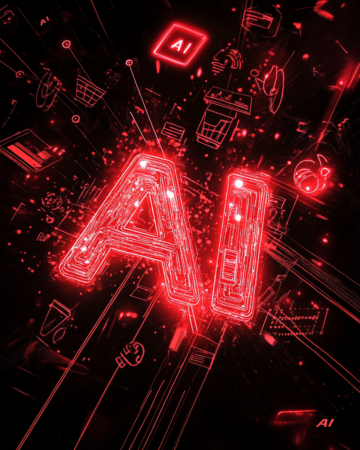Fast Facts
-
Innovative AI Framework: A collaboration between the University of Oxford and various organizations has produced an advanced AI-driven tool that uses machine learning and physics to predict outcomes of traumatic brain injuries (TBI) in forensic investigations.
-
High Prediction Accuracy: The framework demonstrated remarkable accuracy, achieving 94% for skull fractures and 79% for loss of consciousness and intracranial hemorrhage, significantly improving the consistency of TBI assessments in legal contexts.
-
Mechanics-Informed Approach: By simulating the effects of physical impacts on the head and neck, the tool integrates mechanical data with victim and assault specifics, enhancing predictive capabilities regarding injury likelihood.
- Support for Forensic Experts: Emphasizing its role as an adjunct to human expertise, the AI framework aims to provide objective injury probability assessments and improve risk evaluations, ultimately aiding in reducing head injury severity.
New AI Tool Enhances Traumatic Brain Injury Investigations
A team of researchers from the University of Oxford has developed an advanced AI-driven tool aimed at improving traumatic brain injury (TBI) investigations. Collaborating with Thames Valley Police, the National Crime Agency, the John Radcliffe Hospital, Lurtis Ltd., and Cardiff University, the researchers published their findings today in Communications Engineering.
This innovative tool employs a mechanics-informed machine learning framework. It helps police and forensic teams more accurately predict TBI outcomes based on specific assault scenarios. TBI remains a critical public health issue, often resulting in severe neurological effects. Thus, establishing whether an impact caused a reported injury is essential in legal contexts. Unfortunately, no standardized approach currently exists for this type of assessment.
Lead researcher Antoine Jérusalem, a mechanical engineering professor at the University of Oxford, emphasized the significance of this research. He stated, "By leveraging AI and physics-based simulations, we can provide law enforcement with an unprecedented tool to assess TBIs objectively."
The AI tool shows impressive accuracy in predicting TBI-related injuries. It achieves 94% accuracy for skull fractures, and 79% for both loss of consciousness and intracranial hemorrhages. Each prediction delivers high specificity and sensitivity, meaning a low rate of false positives and negatives.
To create this model, researchers trained it on 53 anonymized police reports from assault cases. Each report contained various factors that could influence the injury’s severity, such as the victim’s age and body type. This comprehensive data allows the model to integrate mechanical biophysical details with forensic specifics to estimate injury likelihood.
When examining predictive factors, the findings matched established medical knowledge. For example, the most significant predictor of skull fracture was the stress experienced by the scalp and skull during an impact. Similarly, stress metrics for the brainstem emerged as a key factor in predicting loss of consciousness.
Despite these advancements, the researchers stress that the AI tool is designed to assist, not replace, human forensic and medical experts. The model aims to provide an objective estimate rather than pinpointing a specific culprit behind an injury. It can also help identify high-risk situations and inform preventive strategies against head injuries.
Ms. Sonya Baylis, Senior Manager at the National Crime Agency, noted the importance of this technology. She said, "Understanding brain injuries using innovative technology to support a police investigation, previously reliant on limited information, will greatly enhance the interpretation required from a medical perspective to support prosecutions."
Dr. Michael Jones, a forensics consultant at Cardiff University, pointed out a common challenge in forensic medicine: assessing whether the force described in eyewitness accounts aligns with observed injuries. He believes machine learning can improve this assessment over time.
This study represents a collaborative effort among engineers, forensic specialists, and medical professionals. Their multi-disciplinary approach marks a promising development in the intersection of technology and law enforcement, potentially transforming how TBI cases are investigated and understood.
Discover More Technology Insights
Stay informed on the revolutionary breakthroughs in Quantum Computing research.
Stay inspired by the vast knowledge available on Wikipedia.
SciV1

